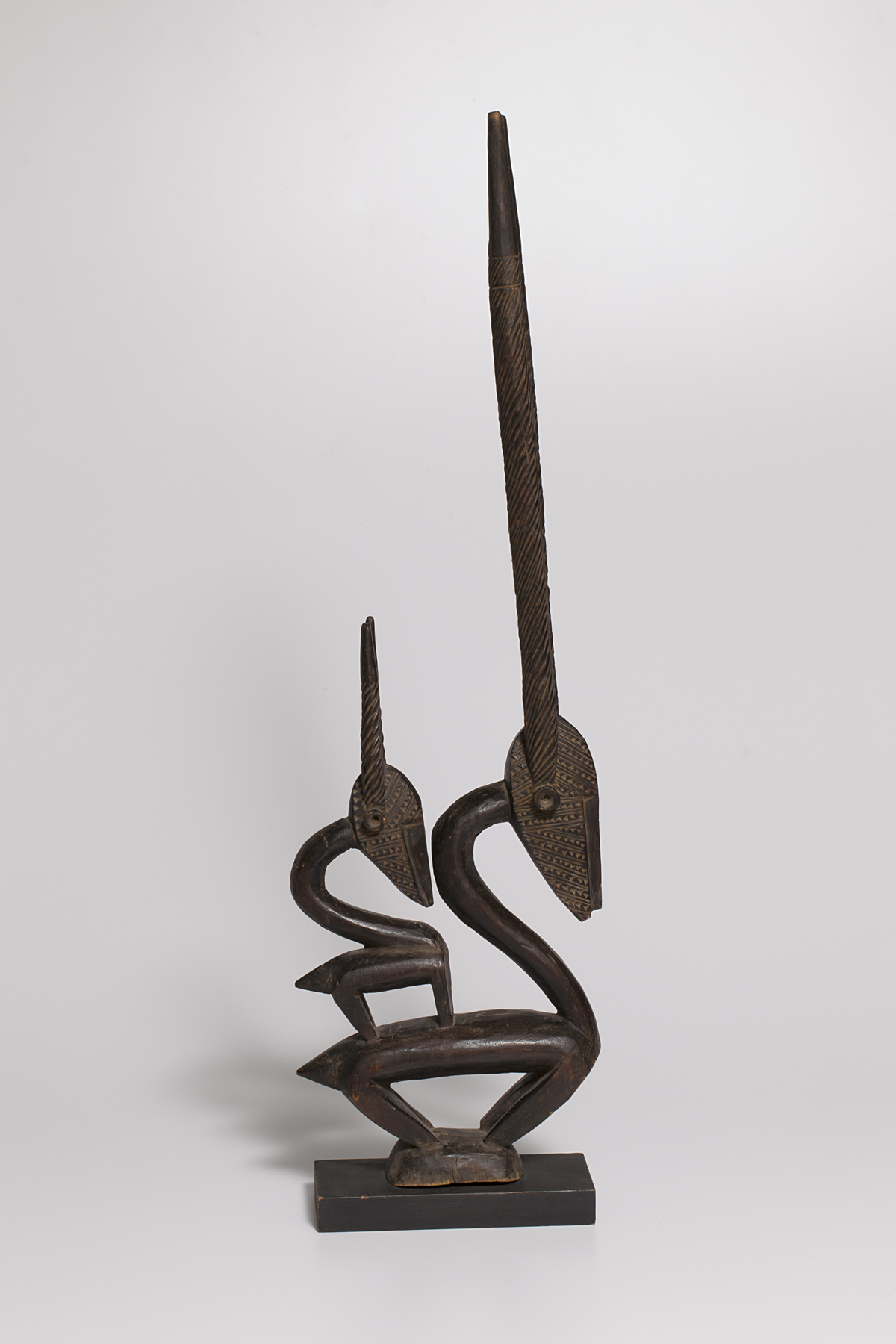chi wara headdress, unrecorded Bamana artist
Artwork Overview
unrecorded Bamana artist, artist
chi wara headdress,
early-mid 1900s
Where object was made: Mali
Material/technique: staining; carving; wood
Dimensions:
Object Height/Width/Length (Height x Width x Length): 78.5 x 7 x 22 cm
Object Height/Width/Length (Height x Width x Length): 30 7/8 x 2 3/4 x 8 11/16 in
Object Height/Width/Length (Height x Width x Length): 78.5 x 7 x 22 cm
Object Height/Width/Length (Height x Width x Length): 30 7/8 x 2 3/4 x 8 11/16 in
Credit line: Gift of Larry W. Welling
Accession number: 2007.2805
Not on display
If you wish to reproduce this image, please submit an image request







